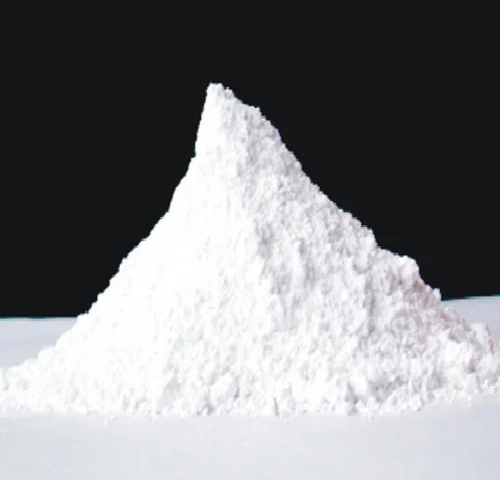What’s the difference between ACC and PCC?

Is calcium carbonate compatible with other ingredients in various applications?
September 4, 2023
Can GCC be customized for specific applications?
September 18, 2023
Introduction
In the realm of calcium carbonate, two distinct variants stand out for their unique properties and applications: activated calcium carbonate (ACC) and precipitated calcium carbonate (PCC). While they both originate from the same chemical compound, their production methods, characteristics, and uses diverge significantly. In this blog post, we delve into the differences between ACC and PCC, shedding light on their respective roles in various industries.
What is Activated Calcium Carbonate?
Activated calcium carbonate is a modified form of calcium carbonate that undergoes a specialized process to increase its surface area and reactivity. This heightened reactivity arises from treating regular calcium carbonate with acids or other chemicals, creating a porous structure that enhances its adsorption capabilities. The larger surface area allows ACC to interact more effectively with other compounds, making it an attractive choice in a wide range of applications.
The Versatility of Activated Calcium Carbonate
Industrial Applications: ACC's high surface area and reactivity make it a sought-after ingredient in various industries. In sectors such as plastics, rubber, and paints, ACC serves as an exceptional filler, enhancing mechanical properties and reducing costs. Additionally, its compatibility with other chemicals makes it a valuable asset in numerous formulations.
Water Treatment: Activated calcium carbonate's adsorption prowess finds a vital role in water treatment processes. Being reputed and trusted Activated calcium Carbonate Manufacturers we can assure you that it excels in removing impurities, such as heavy metals and organic pollutants, from water sources. In coagulation, adsorption, and precipitation processes, ACC contributes to purifying water for both industrial and domestic use.
Environmental Remediation: The potent adsorption properties of ACC extend to environmental applications. From flue gas desulfurization (FGD) in power plants to soil remediation projects, ACC's ability to capture pollutants makes it an ally in improving air and soil quality.
What is Precipitated Calcium Carbonate?
Precipitated calcium carbonate, on the other hand, is synthesized through a chemical precipitation process. This involves introducing calcium ions and carbonate ions into a solution, where they react to form calcium carbonate crystals. These crystals precipitate out of the solution and are subsequently collected and processed to yield PCC.
The Attributes of Precipitated Calcium Carbonate
Particle Size Control: PCC production enables fine-tuning of particle size, resulting in a product with uniform characteristics. This control over particle size makes PCC particularly well-suited for applications where consistency is paramount, such as paper coatings and pharmaceutical formulations.
Paper Industry: PCC plays a pivotal role in the paper industry. Its fine particle size and controlled properties enhance paper opacity, brightness, and printability. As a coating pigment, PCC improves paper surface quality and contributes to the overall aesthetic appeal of printed materials.
Pharmaceuticals: The controlled particle size and purity of PCC make it an ideal choice for pharmaceutical applications. It's commonly used as a calcium supplement and antacid to treat digestive discomfort. Its ability to neutralize excess stomach acid provides relief for individuals experiencing heartburn and acid indigestion.
Distinguishing Factors: ACC vs. PCC
Production Method: The primary distinction lies in their production methods. ACC results from treating regular calcium carbonate with chemicals to increase reactivity, while PCC is synthesized through controlled precipitation.
Surface Area and Reactivity: ACC boasts a larger surface area and higher reactivity compared to PCC. This attribute grants ACC superior adsorption capabilities and makes it an exceptional choice for applications where interactions with other compounds are essential.
Particle Size Control: PCC offers better control over particle size, ensuring uniformity in applications where consistency matters, such as paper coatings and pharmaceuticals.
Conclusion
In the fascinating world of calcium carbonate, activated calcium carbonate (ACC) and precipitated calcium carbonate (PCC) emerge as distinctive players with diverse attributes. The dynamic reactivity and heightened surface area of ACC make it a versatile ingredient in industries ranging from plastics to water treatment. On the other hand, PCC's controlled particle size lends itself to applications where consistency and precision are paramount, such as paper coatings and pharmaceutical formulations. Mewar Microns recommends that understanding the differences between ACC and PCC is essential for selecting the most suitable form of calcium carbonate for specific applications. As these compounds continue to shape industries and contribute to advancements, their unique characteristics pave the way for innovative solutions and improved product performance.

